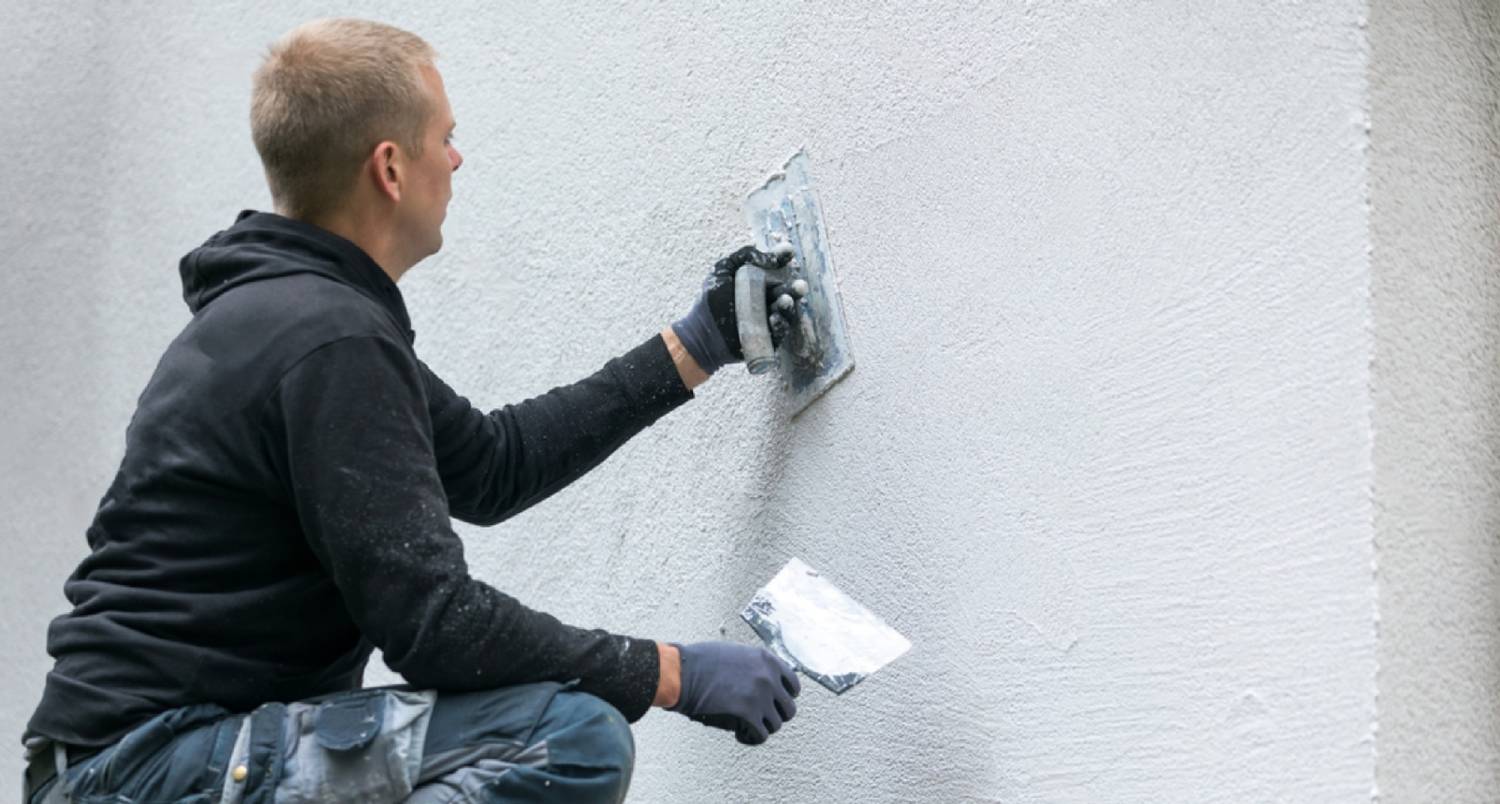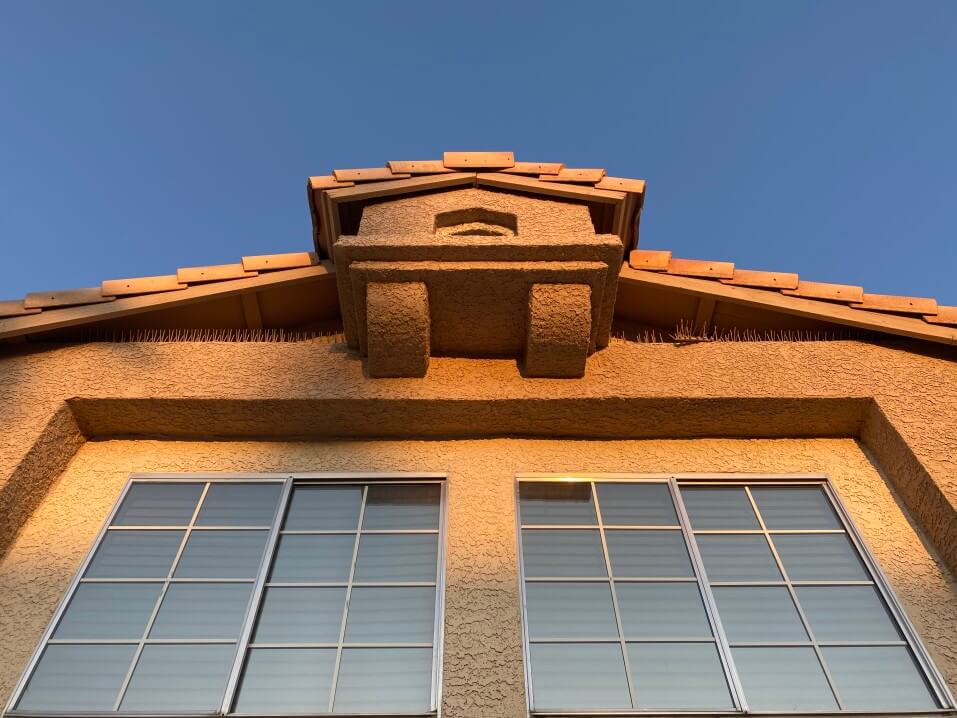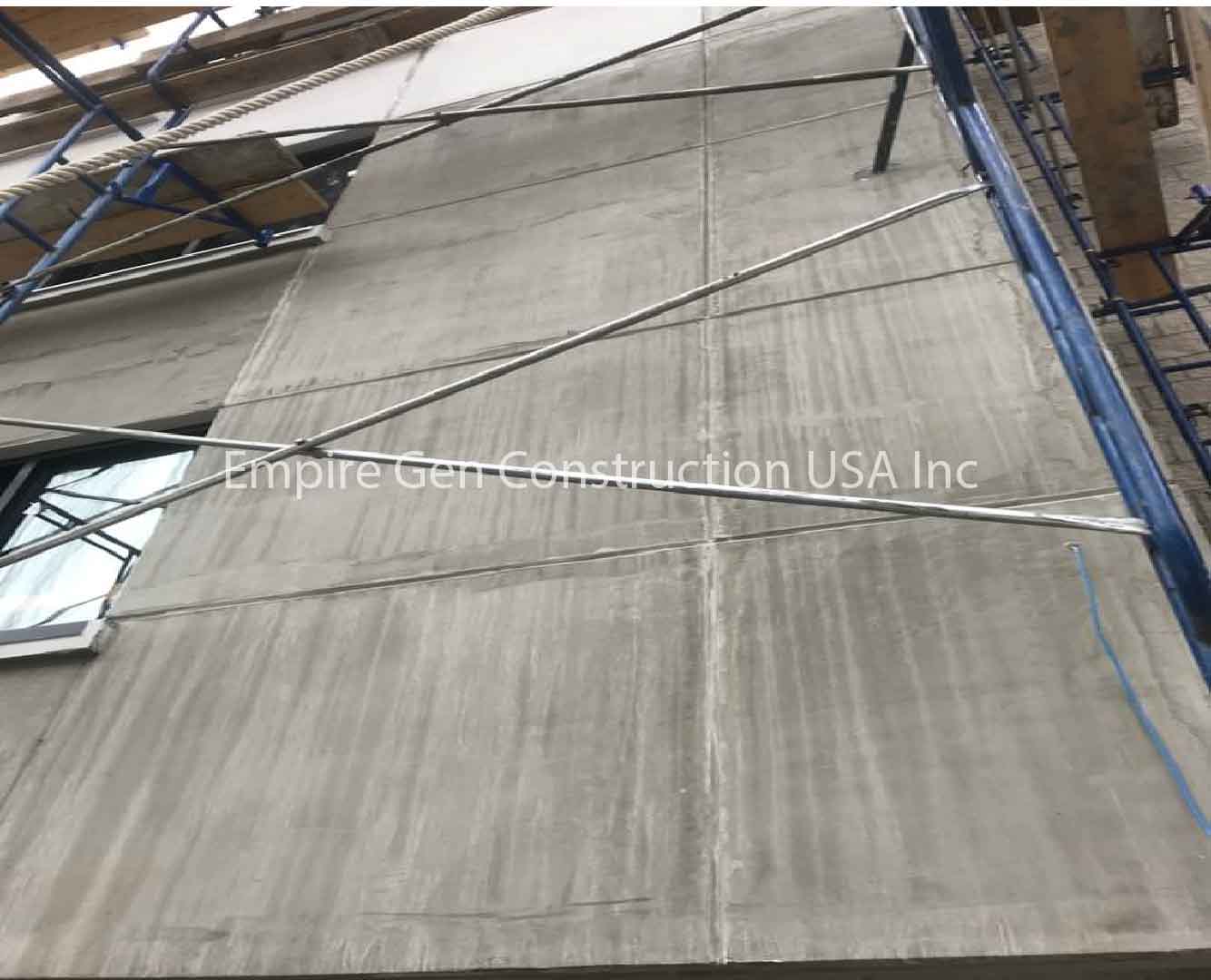Why You Should Invest in a Professional Stucco Contractor for Your Building
Exploring the Convenience of Stucco in Modern Design
Stucco has long been identified for its aesthetic charm and adaptability, yet its role in modern-day design warrants a more detailed assessment. This product, historically considerable in numerous building movements, now works as a flexible remedy that enhances both the visual and useful aspects of modern frameworks. By discovering its innovative applications, from striking facades to energy-efficient styles, one can appreciate exactly how stucco is redefining the boundaries of building expression. This discussion will discover not just its transformative possibility but likewise the difficulties it encounters in a developing market.
Historic Relevance of Stucco
The historic importance of stucco is profound, as it has played a pivotal function in architectural practices across numerous cultures for centuries. Coming from old worlds, stucco was used by the Egyptians and Greeks as a durable and versatile finish for both exterior and interior surface areas. Its flexibility to different environments and capacity to imitate more expensive products made it a favored option.
In the Roman era, stucco came to be a primary attractive element, utilized thoroughly in public structures, villas, and temples. The Romans refined the application methods, enabling for complex styles and relief sculptures. During the Renaissance, stucco experienced a resurgence, especially in Italy, where it was utilized in sophisticated facades and ornamental details, showcasing the virtuosity of the duration.

Modern Applications in Design
Stucco has actually discovered restored importance in modern-day architecture due to its convenience and aesthetic appeal (stucco contractor). This typical product is increasingly used in modern style, bridging the gap in between contemporary and timeless looks. Designers and architects appreciate stucco for its versatility, permitting it to be used in numerous styles-- from minimalist structures to clarify Mediterranean styles
In household projects, stucco provides a clean, seamless coating that enhances the visual cohesion of exteriors. Its capacity to adapt various shapes and surface areas makes it a suitable selection for both brand-new constructions and restoration jobs. Additionally, stucco's durability and reduced maintenance requirements add to its growing appeal in urban settings, where durable materials are important.
Industrial applications have also welcomed stucco, with several organizations selecting this product to develop welcoming and unique shops. Using stucco in public buildings, such as schools and recreation center, showcases its possibility for developing visually appealing environments while offering superb insulation buildings.
Shade and Appearance Innovations
Exploring color and texture technologies in stucco has actually opened brand-new opportunities for designers and developers, boosting the material's aesthetic effect in modern building and construction. Recent developments in pigment innovation have permitted a bigger spectrum of colors, making it possible for developers to create striking facades that integrate seamlessly with their environments or stand out as bold building declarations. This flexibility in shade selection uses engineers the capacity to evoke details emotional actions and harmonize with local aesthetic appeals.
Texture advancements have actually likewise changed stucco applications. Techniques such as troweling, splashing, and stamping have brought about diverse surface area coatings, ranging from smooth and improved to responsive and rugged. These variants not only add to the building's personality however additionally play an essential duty in light communication, improving the aesthetic deepness and dimensionality of surface areas.
Additionally, the introduction of artificial stucco choices has actually expanded style opportunities, supplying boosted sturdiness and weather resistance while maintaining aesthetic charm. As engineers proceed to experiment with ingenious shade schemes and distinctive finishes, stucco remains an essential component in modern architecture, showcasing the material's versatility and classic relevance go to the website in contemporary style.
Sustainability and Power Efficiency
Advancements in shade and texture have not only improved the visual allure of explanation stucco but also led the way for higher concentrate on sustainability and energy effectiveness in modern architecture. As environmental worries end up being progressively famous, the building and construction sector is transforming its interest to materials that contribute positively to ecological balance.
Stucco, composed primarily of natural products such as sand, cement, and lime, offers a sustainable option to more resource-intensive building products. Its durability and toughness lower the requirement for frequent replacements, thus decreasing waste and source usage gradually. In addition, modern-day stucco formulas frequently consist of energy-efficient ingredients that improve insulation buildings, minimizing heating and cooling costs for structures.
The reflective top qualities of stucco can also be crafted to mitigate warmth absorption, adding to cooler indoor settings and less dependence on synthetic environment control systems. By promoting power conservation and decreasing the carbon footprint of frameworks, stucco aligns with the concepts of lasting architecture. As engineers and home builders take on innovative methods and environment-friendly practices, stucco stands apart as a responsible and flexible selection in contemporary design.

Case Research Studies of Stucco Projects
The convenience of stucco as a building material is exemplified in numerous effective architectural tasks that highlight its visual and useful benefits. One noteworthy example is the remodelling of the historical Casa de la Guerra in Santa Barbara, The Golden State. Using stucco not only preserved the structure's Spanish Colonial Resurgence style yet likewise improved its sturdiness and weather resistance, ensuring long life while maintaining architectural honesty.
An additional compelling instance is the contemporary domestic project, the Cactus Residence in Scottsdale, Arizona. stucco contractor. This striking home functions a smooth stucco coating that balances with the bordering desert landscape. The stucco's light shade shows heat, adding to power effectiveness, while the distinctive surfaces include visual rate of interest
Additionally, the Kings Cross redevelopment in London showcases the adaptability of stucco in city settings. The application of stucco on modern-day mixed-use buildings produces a additional reading natural visual that respects historic context while welcoming contemporary style concepts.
These study demonstrate just how stucco can offer various building objectives, from preservation and energy performance to aesthetic enhancement, making it a flexible selection in modern design.
Verdict
 In verdict, stucco's historical relevance and modern-day flexibility make it a valuable product in contemporary design. Its ability to integrate timeless looks with cutting-edge design, combined with improvements in shade and appearance, boosts its appeal. Additionally, stucco's protecting residential or commercial properties add to energy effectiveness, while its sustainable attributes align with existing environmental priorities. As shown through various situation studies, stucco remains to play an important duty in forming the building landscape of the modern age.
In verdict, stucco's historical relevance and modern-day flexibility make it a valuable product in contemporary design. Its ability to integrate timeless looks with cutting-edge design, combined with improvements in shade and appearance, boosts its appeal. Additionally, stucco's protecting residential or commercial properties add to energy effectiveness, while its sustainable attributes align with existing environmental priorities. As shown through various situation studies, stucco remains to play an important duty in forming the building landscape of the modern age. 
In conclusion, stucco's historical significance and modern flexibility make it an important product in contemporary design.